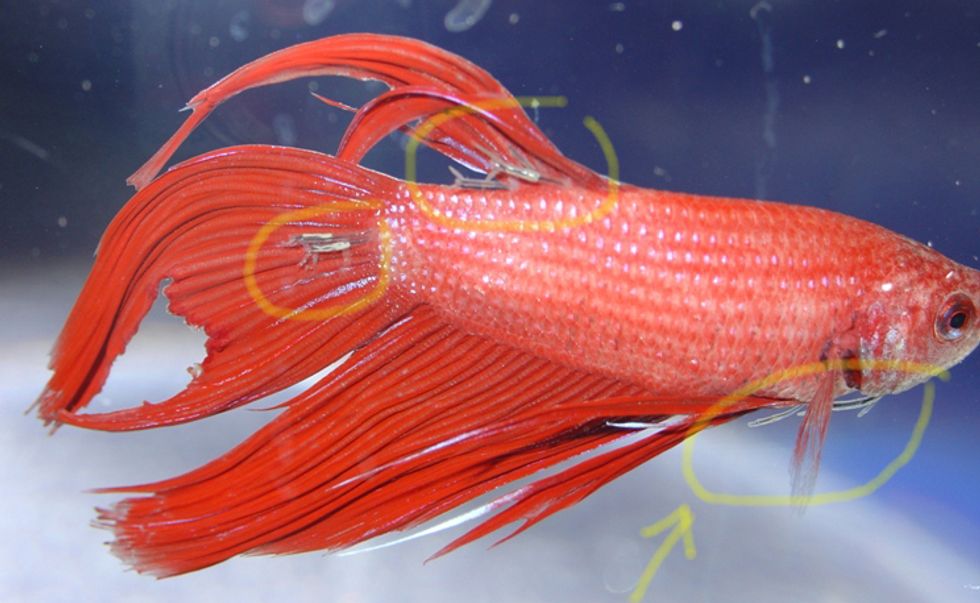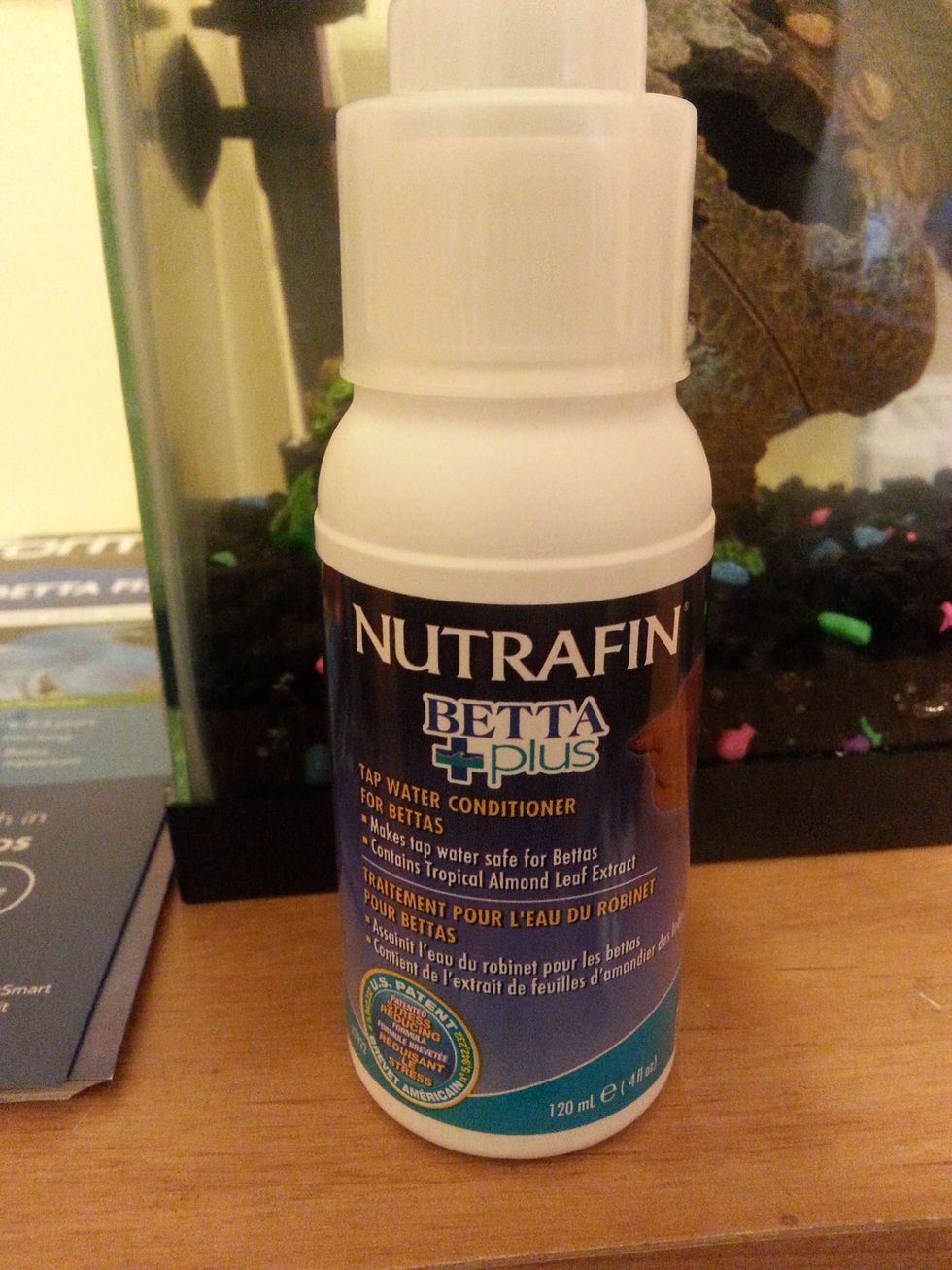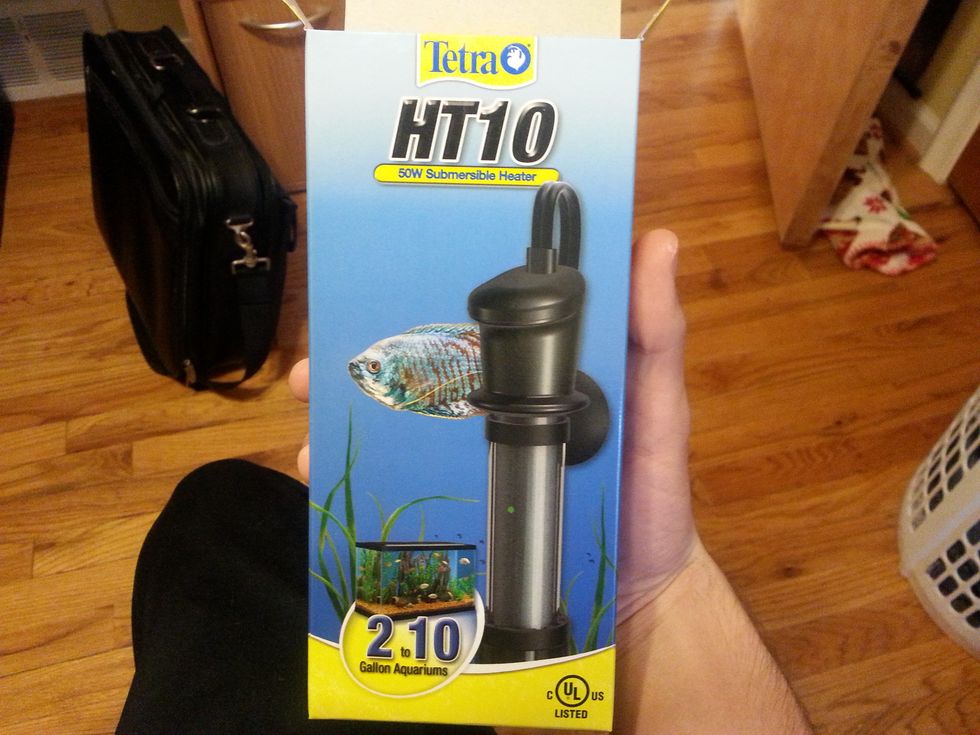Betta fish have become increasingly popular to own over the years with many owners boasting of the relative ease with which they take care of their Bettas. While Bettas are quite easy to take care of, simply sticking them in a fish bowl isn't enough to ensure their happiness. This beginner's guide to owning a Betta will detail the proper equipment and care that comes with adopting a Betta fish into your family.
History of the Betta
Before we go into the specifics of equipment it's important to learn the history of the fish breed. Bettas, despite their name, often sport the reputation of being highly aggressive. They're also known as Siamese Fighting Fish or Betta Splendens and originally come from ponds, rice paddies and streams from Thailand. The people of Thailand, formerly Siam, collected these fish and began to breed them to increase aggression. As this practice grew pitting these fish against each other became a recreational activity and bets would be placed on these fights. It's rumored that even the king of Siam collected Bettas and they were passed to the hands of a medical scientist who later identified the fish species. It's believed that the name "Betta" was taken from the Bettah people of ancient Asia, who were known for being warriors.
How Aggressive Are Bettas?
While it's true that the Betta fish was bred for aggression in the 1800s they are now primarily bred for aesthetics, specifically in their color, tail features and fin features. Interestingly enough Betta fish found in nature are normally brown or a dull olive green color. Regardless, Betta fish are still quite territorial and should not be placed with other fish in the same tank, especially other male Bettas. There are owners who are able to put multiple female Bettas in the same tank with ease as they are far less aggressive, but for the purposes of this guide it's advised to stick with a single Betta.
Step One: Meeting Your Forever Fish
The first step in taking care of your Betta fish involves actually going out and getting the Betta! Bettas come in all different colors and fin patterns, it's all a matter of deciding which one appeals to you. One thing to look out for is the responsiveness of the Betta. Does it follow you around its container? Is it active and lively? This is a general indicator of a healthy Betta, although the more docile ones may simply be acclimated to seeing people all day so they are equally suitable candidates. Two major things to look out for are the cleanliness of the container that the Betta is in and if there are any visible infections. A dirty, yellow container allows diseases like the "ick," which causes discoloration and silver scales around the face of the Betta. In a post by Earth's Friends other signs of a sick Betta include:
- A fish whose tail or fins are no longer spread out and have the appearance of being unhealthy, closed or clumped together.
- A fish with gills that do not close completely due to inflammation, inflammation can also cause the gills to appear red in color.
- Swollen or protruding eyes.
- A swollen stomach or “hollow” appearing stomach.
- Raised scales that give your Betta the appearance of having a prickly texture
- A fish that stays at the surface of the water in the corner of its tank.
- A fish that lies at the bottom of the tank and only comes to the surface to breathe
Step Two: Bigger Tank for a Betta Fish
Many people see the containers that Betta fish come in at the pet store and assume that they can thrive in a small environment. Bettas are often placed in fish bowls or even flower vases, which are often too small to ensure they're comfortable. A good recommendation would be a 2.5 gallon to 5 gallon tank, which will give the Betta enough room to swim around and exercise without being cramped.
Step Three: Stylish Decor
To keep your Betta entertained buy a bag or two of gravel to place evenly on the bottom of the tank. The next step is to buy a stylish structure that the Betta can swim inside of, like a castle or cave (you can even go the extra yard and purchase a Bikini Bottom estate). While they aren't necessary a leaf hammock or an artificial plant are popular with Bettas. Just make sure that the plants are a fabric like silk and not plastic. When swimming around the plants the Betta could potentially cut itself around the edge of the plastic leaf because of how hard the material is.
Step Four: Conditioning the Tank
Before placing the Betta into the tank the water must be conditioned so the Betta doesn't become sick or go into shock from the change in water. The process is simple: just fill the tank up with regular tap water. Do not clean with soap or any disinfectant, as they are toxic to Bettas. When filling the tank, check that the water isn't freezing or too hot. Tap water conditioner is necessary, so place a cap full into the tank and let the water rest for around 24 hours. This may seem like a long time, but it allows the solution to take effect and it allows the water to reach room temperature.
Step Five: Just the Right Temperature
Bettas are tropical fish and thrive in warmer climates. While people who live in warmer areas might not require a heater, it's a necessity for those who live in winter climates. Heaters are relatively inexpensive and regulate the temperature to the proper level. For those who live in warmer areas the general rule of thumb for how warm the tank should be is an ideal temperature of 76-82 degrees.
Step Six: Filtration and Cleaning
There are varying opinions when it comes to if Bettas require an air filter. Even though an air filter will allow for less cleaning and water changes, some Bettas become stressed and upset because of the filter flow. If you don't pick up a filter cleaning the tank should be routine. You should cycle 50 percent of the water once a week, followed by completely cleaning out the tank once a week. To clean out the tank, first put your Betta in a bowl with plenty of water. Then take a sponge and scrub the tank with warm water after removing the gravel. Lastly, strain the gravel and gently rinse with warm water to remove debris and other materials lodged between the rocks. Afterwards it's simply conditioning the tank again, going back to step three.
Step Seven: Proper Diet
Food pellets will do the trick when it comes to feeding your Betta. Just make sure that the first three ingredients are protein-based and that the protein amount is at least 40 percent. Bettas are carnivores and so buying Gammarus (baby shrimp) or blood worms as a treat never hurts either. The biggest mistake that some Betta owners make is through overfeeding them. A Bettas' stomach is about the size of its eyeball, so it's a good idea to feed them accordingly. Feeding a Betta too much food can cause digestion problems and bloating. There's varying opinions on the amount to feed a Betta, but generally a single pellet twice a day is plenty. If feeding them with other food try to keep the size the same as their eye.
Final Step: Graduation Day
Congratulations! You now have all of the knowledge and equipment to take care of a Betta and become a fish parent. Bettas are beautiful and hardy fish that will survive for years if given proper treatment. With this guide you'll ensure that your Betta is happy, healthy, and that you're happy with a new addition to your pet family.





















